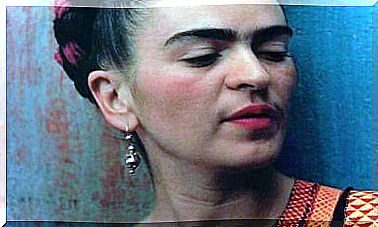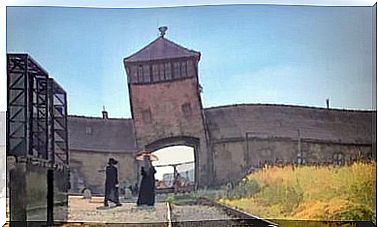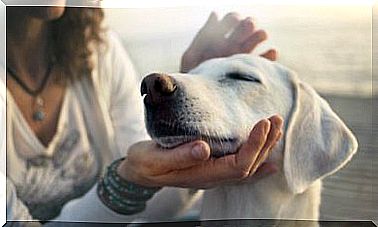Miracle On The Hudson, 10 Years Of A Story About Intuition And Expertise

This is the captain speaking, everyone get into position of impact. This is how Chesley B. Sullenberger (“Sully”) addressed his 150 passengers before carrying out what is known as the miracle on the Hudson. After colliding with a flock of birds and losing control of the engines, this experienced pilot ignored orders and followed only his intuition: he successfully landed on Hudson himself.
That incident that is now going to be ten years old remains in the collective memory. For many, it was the most successful landing in aviation history. For others, on the other hand, it was all recklessness. There are still those who believe that the best thing to do would have been to return to the airport and not have risked that a feat with a happy ending would turn into a tragedy with a view of New York.
Now, it is precisely here where, from a psychological point of view, the most interesting of this story opens; of this miracle on the Hudson. Experts in the field of sixth sense, intelligence and intuition such as Malcolm Gladwell have studied this case to show us that Captain Sully did not actually perform any “miracles”.
His was the feat of an expert. The crew themselves described shortly after that the captain acted at all times with an unusual serenity. Despite the fact that his Airbus 320 had run out of engines, he behaved as if he had full control over his craft. And indeed he did.
The miracle on the Hudson happened in little more than three minutes. In that short period of time, his mind evaluated the situation, analyzed options and carried out what he decided was the most suitable.
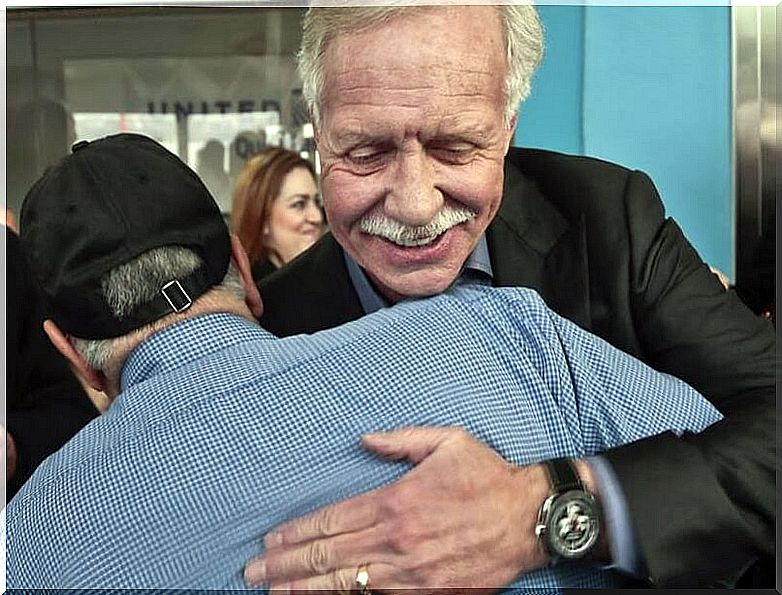
Miracle at the Huston, the story
The story about the miracle at the Huston begins at 3:25 pm on January 15, 2009. We are at LaGuardia airport in New York. The day had dawned cold and clear and there was no apparent impediment for US Airways Flight 1549 to take off.
In command was Captain Sullenberger, “Sully,” a 57-year-old former US Air Force pilot. He had more than 20,000 flight hours behind him, but even so he could never imagine that he would have to live that strange experience. Within two minutes of take off, a flock of birds hit the Airbus cockpit.
They were Canadian geese, the cabin went dark and the passengers began to hear the impact of very strong blows. Within seconds, something unusual happened. That these animals collide with airplanes from time to time is something sadly recurrent. Now, what is no longer so, is that the engines become deactivated.
This is what happened.
Assessing the best option
After the impact, the aircraft began to descend, reaching a speed of 390 km / h at an altitude of about 500 meters. Controllers go to work at LaGuardia Airport. Flight 1549 is given priority to return. However, to everyone’s surprise, Captain Sully warns the tower that he will not return. Ignore orders.
Seconds later, you are notified that the closest airport is Teterboro in Bergen County. However, Sully along with his co-pilot, decide to do the same: give a negative.

Sully assessed the best option in just over a minute. Going back to LaGuardia airport was reckless without engines. Going to the one in Teterboro was not a very successful strategy. It was an airport with very short runways for a commercial jet as large as its Airbus. The most suitable outlet was the Hudson River itself: they were going to entertain.
In the entire history of aviation until 2009, only one large commercial aircraft had successfully landed. It was the Tupolev Tu-124 in 1963. However, Captain Sully did it with extraordinary skill, thus creating the miracle on the Hudson.
Miracle on the Hudson, an example of intuition, experience and skill
Herbert Simon, a celebrated social scientist, noted that people with experience in a given subject develop highly efficient and intuitive minds. Captain Sully is certainly one such example. Now, as curious as it may be, the months after that successful experience were hell for the captain of the Airbus 320.
As Clint Eastwood showed us in the film Sully , the investigations carried out put in serious doubts as to whether that, had been a successful maneuver. Finally and after a rigorous process, it was shown that the captain made use of his extensive experience to execute the best response, which saved 150 passengers and the crew.
It was not a miracle, it was the maneuver of an expert
Indeed, to speak of a maneuver is to detract from its protagonist. Thus, Malcolm Gladwell explains that these people are capable of reacting with high efficiency in times of need, by making use of various strategies:
- Pattern recognition. Although they do not always experience the same situations, they know how to recognize similar stimuli from previous experiences and make use of responses that have helped them in the past.
- They are profiles with high self-security and temperance in difficult times.
- They apply expert intuition in turn. Gary Klein, a leading behavioral psychologist, conducted an interesting study to show us something striking. He points out that expert minds do not wonder what to do when there is a difficulty (they do not hesitate). They just understand the situation they are in, analyze it, and then know exactly how to act.
Chesley B. Sullenberger, “Sully”, is a great example of this type of profile.
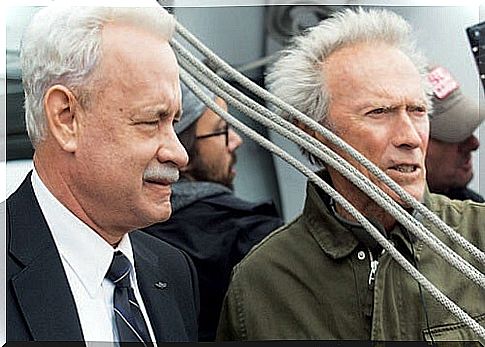
To conclude, it will be 10 years since the so-called miracle on the Hudson. Remembering this story shows us not only the existence of true heroes, but of people who fully trust their experience, their intuition and sixth sense to carry out authentic feats.



